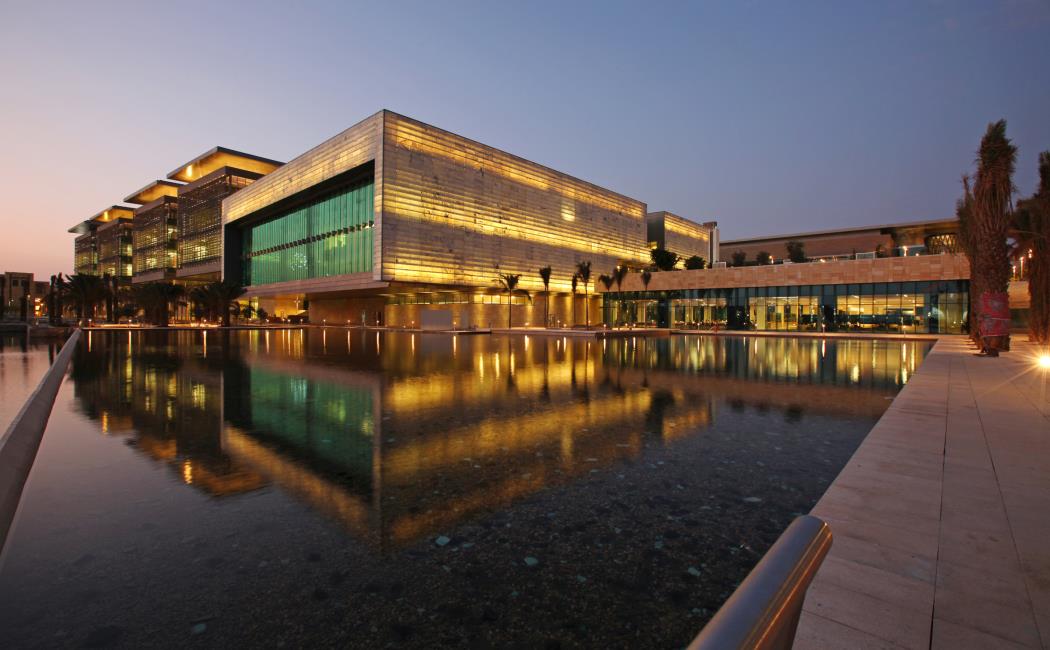


Abstract: Globalization has increased connectivity between countries enhancing the spread of marine nonindigenous species (NIS). The establishment of marine NIS can lead to substantial negative effects on the structure and functioning of the natural ecosystems due to competition for habitats and resources. Ports are often hubs for the spread of NIS via commercial and recreational vessels. Prevention, detection, and mitigation efforts are required to avoid and manage the establishment of NIS in new ecosystems. In this study, metabarcoding approaches targeting the nuclear small-subunit ribosomal RNA (18S rRNA) gene and mitochondrial cytochrome c oxidase I (COI) gene were used to investigate planktonic and sessile (i.e., biofouling) communities and NIS at four locations in Tahiti, including two marinas and one port with varying anthropogenic impacts, and a relatively pristine site (Manava) used as a control. Community composition differed between locations with spatial patterns appearing stronger for the plankton samples compared with the biofouling samples. Detection of NIS based on selected lists of globally invasive species revealed a wide diversity of potentially invasive taxa, especially in the more anthropogenically impacted regions. The use of a multigene approach improved the detection of NIS. This study demonstrates the utility of using a metabarcoding approach to routinely monitor areas most at risk from NIS establishment in Tahiti and other coastal nations. These coastal nations are vulnerable to shipping-mediated incursions, and baseline information is required for both native diversity and nonindigenous diversity.
Molecular Ecologist and Bioinformatician, Cawthron Institute, New Zealand